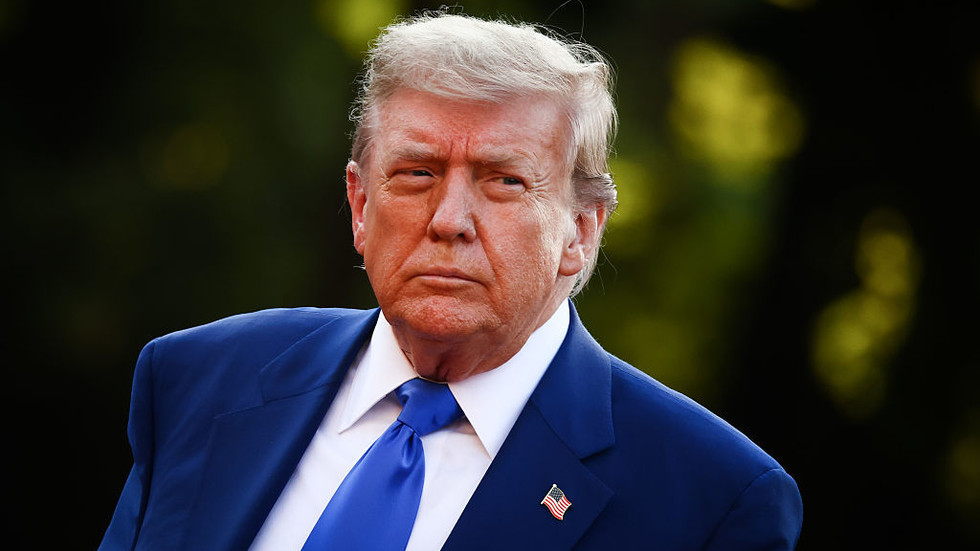The United States is gearing up to impose tariffs of up to 70% on dozens of countries as the deadline for trade deals approaches. According to US President Donald Trump, his administration will start notifying trading partners of new tariffs on their exports. This move is part of a tariff campaign launched by Trump in January to protect US manufacturers. The campaign included a blanket 10% tariff on all imports and steeper rates for goods from countries like China, Mexico, Canada, and the EU.
Trump announced that “10 or 12” notification letters would be sent to trading partners, with more to follow in the coming days. He stated that by July 9, all countries will be notified, and tariffs will range from 60% or 70% to 10% and 20%. Smaller countries will be notified later, with tariffs taking effect from August 1. Trump believes that the tariffs will bring in significant revenue for the country, saying, “It’s a lot of money for the country, but we’re giving them a bargain.”
The US has already reached agreements with the UK and Vietnam and has declared a truce with China after previous tariffs sparked a trade war. Treasury Secretary Scott Bessent said that Washington is close to a high-level framework deal with the EU, which could avert 50% tariffs on the bloc’s exports next week. However, EU trade ministers have criticized the UK-US deal, warning of possible retaliation unless the bloc secures better terms.
The Organization for Economic Co-operation and Development (OECD) has warned that the tariffs could disrupt global supply chains and drag growth down to 2.9% through 2026. Around 100 countries could face a minimum 10% rate, although further deals are likely. As the deadline for trade deals approaches, the global economy is bracing for the impact of these tariffs. With the US preparing to impose significant tariffs on imports, the world is watching to see how these trade deals will unfold and what the consequences will be for global trade and economic growth.
